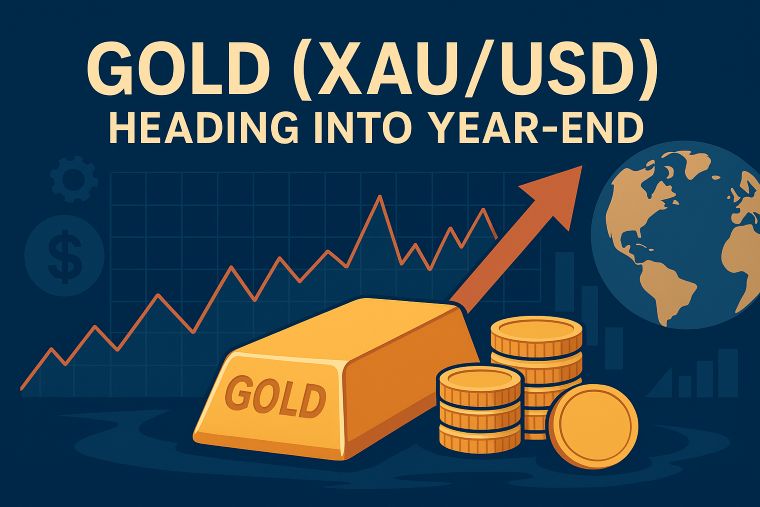4 min to read
Dollar-Yen Continues Its Upward Momentum
Rises to the 141 Yen Range.

“The dollar-yen pair has persistently demonstrated an upward trajectory”
The Bank of Japan (BOJ) convened its highly anticipated policy meeting, and in line with prevailing forecasts, opted to maintain its current monetary policy stance. During the subsequent press conference, Governor Haruhiko Kuroda articulated the view that consumer prices are projected to gradually narrow their positive range by the midpoint of the fiscal year. This resolute commitment to sustaining accommodative monetary easing policies has contributed to a weakened yen, evidenced by its depreciation against other prominent currencies.
While significant events such as the Federal Open Market Committee (FOMC), the European Central Bank (ECB) Governing Council meeting, and the BOJ policy meeting have drawn to a close, the global landscape has witnessed the persistence of a robust labor market and inflation rates that surpass initial estimates. Consequently, central banks in various countries have adopted a more assertive stance, leaning toward a hawkish monetary policy outlook. In stark contrast, the BOJ has charted its own unique course, deviating from this prevailing trend. As a result, the yen has become increasingly susceptible to selling pressure, thereby amplifying the upward trajectory of the dollar-yen pair.
However, it is worth noting that prevailing sentiment largely dismisses the possibility of a resurgence of last year’s scenario, which aimed for the ambitious 150 yen level. Despite the Federal Reserve (Fed) potentially implementing one or two additional interest rate hikes, the current landscape suggests limited incentives for the dollar-yen pair to actively pursue further gains based on divergent monetary policy trajectories. The tightening cycle appears to be drawing to a discernible close. While a plausible scenario may envision yen depreciation propelling the dollar-yen pair to higher levels should risk appetite, such as a surge in stock prices, intensify, the current market atmosphere does not fully support such a projection. Presently, the preliminary target for upward potential is identified at the mid-142 yen range.
Following the conclusive FOMC and ECB Governing Council meetings this week, the euro-dollar pair has surged, attaining a notable five-week high. While vigilance still surrounds the critical $1.10 threshold, the overall upward momentum persists. However, concerns have surfaced regarding the capacity of economic indicators within the euro area to subdue the euro’s strength. Consequently, expectations mount that the sustained upward trajectory of the euro-dollar pair may not be protracted.
Additionally, the forthcoming release of PMI data in the euro area scheduled for next week looms large, with anticipations pointing toward a perpetuation of subdued corporate sentiment. This projection casts doubt on the likelihood of the euro-dollar pair surpassing the significant $1.10 benchmark.
In the realm of interest rate policy, the Federal Reserve decided to momentarily halt their series of rate hikes, whereas the European Central Bank implemented a modest 0.25% rate increase. Looking ahead to next week, Federal Reserve Chair Jerome Powell is scheduled to deliver the highly anticipated semi-annual monetary policy report to the U.S. Congress on the 21st and 22nd. Forecasts predict that Chairman Powell will affirm that “the current decision does not signify a cessation of the rate hike cycle,” underscoring the Federal Reserve’s commitment to a gradual pace of subsequent rate increases.
During the New York trading session, the pound-dollar pair exhibited a cautious demeanor, yet resiliently held its ground within the $1.28 range, marking its highest level since April of the previous year. The events that unfolded this week, notably the Federal Open Market Committee (FOMC) and European Central Bank (ECB) Governing Council meetings, showcased a resolute hawkish stance adopted by central banks. The forthcoming convening of the Monetary Policy Committee (MPC) of the esteemed Bank of England on the 22nd next week has ignited widespread anticipation of an imminent rate hike.
In the wake of the FOMC and ECB Governing Council meetings, a faction of analysts and economists assert that concerns surrounding the Bank of England’s perceived excessive tightening risks have subsided. In certain cases, there exists a compelling rationale to support the plausibility of a substantial 0.50% rate hike. Nevertheless, the prevailing consensus among the majority of economists leans towards a more conservative forecast of a 0.25% rate increase.
Recent data on UK inflation and wages have surpassed initial expectations, thus allaying apprehensions of the Bank of England pursuing an overly aggressive tightening of its monetary policy. As compared to three months ago, the Bank of England has distanced itself further from the terminal rate, the ultimate target. These indicators substantiate the notion that rate hikes may persist throughout the year, fostering an environment of gradual monetary normalization.
Visit XM Official Website.

